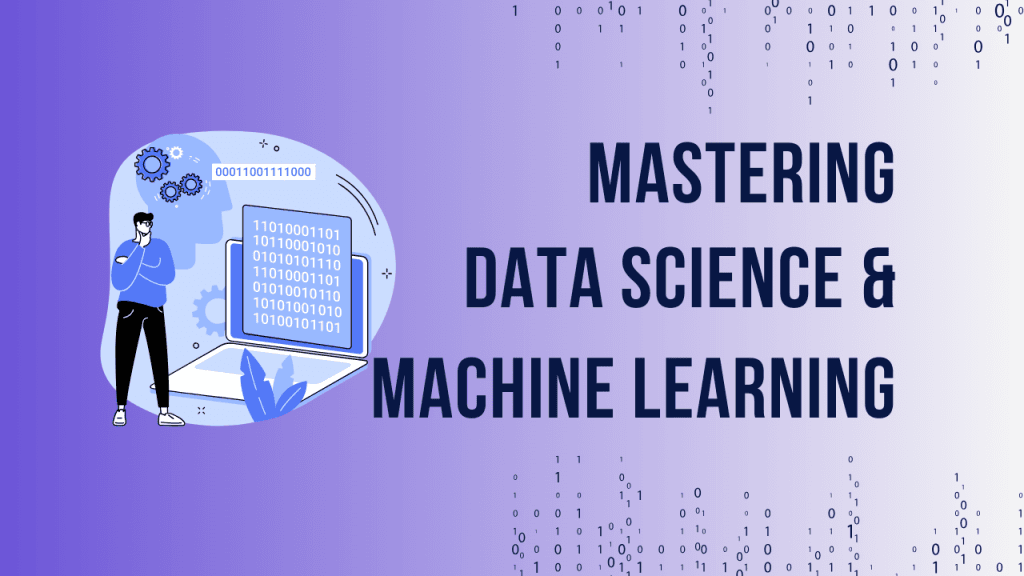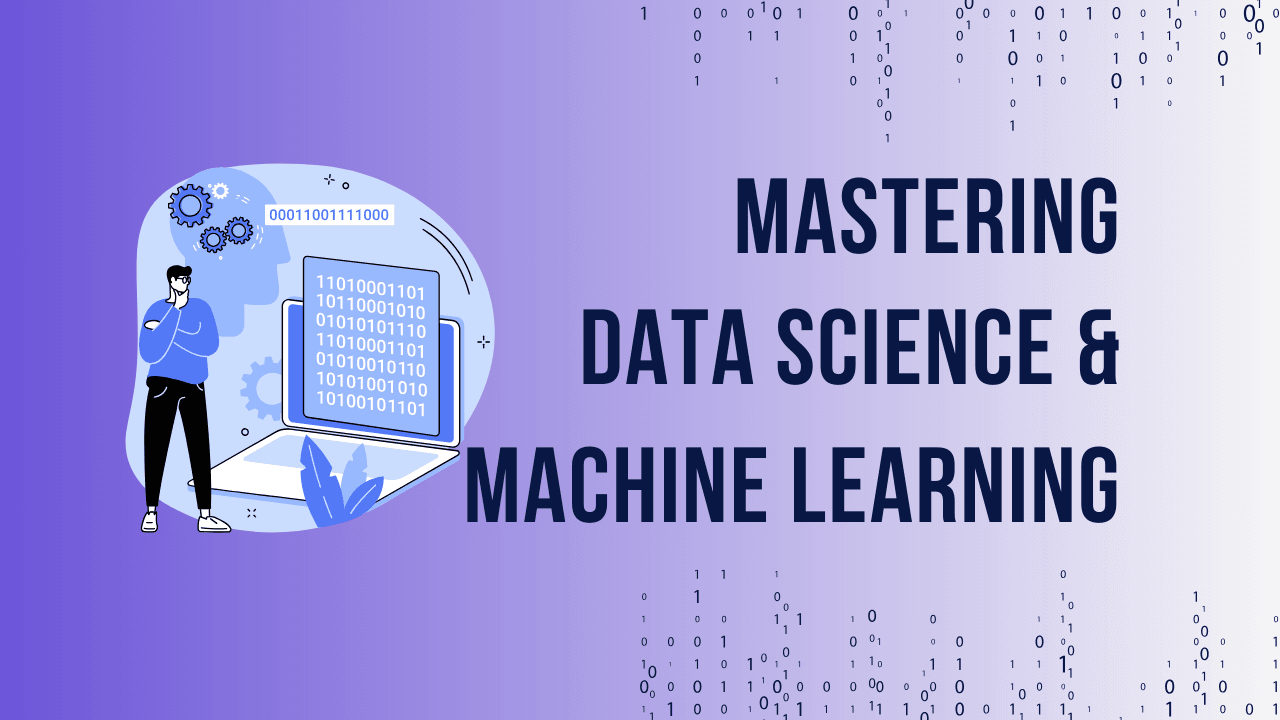In the world of databases, there are many challenges that database management systems (DBMS) face. One of the critical problems is deadlock in Dbms. Understanding deadlock in DBMS is essential for anyone working with databases, whether you’re a developer, DBA, or even preparing for DBMS interview questions. But what exactly is deadlock, and why is it so important?
Deadlock occurs when two or more transactions in a database system are unable to proceed because each is waiting for the other to release resources. This situation can cause severe performance issues and even data corruption if not handled properly. Let’s dive into the 4 key components of deadlock in DBMS to understand this phenomenon in depth.
Table of Contents
ToggleThe 4 Key Components of Deadlock in DBMS
Deadlock in DBMS is defined by four essential components that create this frustrating situation. Understanding these components is the first step in mastering deadlock prevention, detection, and resolution.
1. Mutual Exclusion
Explanation of Mutual Exclusion
Mutual exclusion refers to the requirement that resources cannot be shared simultaneously. If a transaction is holding a resource, no other transaction can access that resource until it’s released. For example, if one transaction locks a table for writing, no other transaction can lock the same table until the first transaction is completed.
Examples of Mutual Exclusion in DBMS
Consider a scenario where Transaction A locks a row in a database table to perform some updates. Meanwhile, Transaction B tries to lock the same row to update it as well. In this case, only one transaction can hold the lock at a time, and the other must wait.
This is a classic example of mutual exclusion, where transactions cannot simultaneously access the same resource
Unlock Your Data Science & ML Potential with Python
Join our hands-on courses and gain real-world skills with expert guidance. Get lifetime access, personalized support, and work on exciting projects.


Unlock Your Data Science & ML Potential with Python
Join our hands-on courses and gain real-world skills with expert guidance. Get lifetime access, personalized support, and work on exciting projects.
2. Hold and Wait
What is Hold and Wait?
Hold and wait is a condition where a transaction holds at least one resource and is waiting to acquire additional resources that are currently being held by other transactions. This is a crucial element in the deadlock cycle because it leads to a situation where multiple transactions are waiting for each other indefinitely
Example of Hold and Wait in Action
Imagine that Transaction A holds a lock on Resource 1 and is waiting for Resource 2, which is held by Transaction B. At the same time, Transaction B is waiting for Resource 1, creating a circular dependency. This is a textbook example of hold and wait causing a deadlock.
3. No Preemption
Defining No Preemption
No preemption means that once a transaction has acquired a resource, it cannot be forcibly removed from it. In other words, resources can only be released voluntarily by the transaction that holds them. If a transaction needs a resource that is already held by another, it must wait for that transaction to release it.
No Preemption Scenario in DBMS
Consider a scenario where Transaction A holds Resource 1 and is waiting for Resource 2. Transaction B holds Resource 2 and is waiting for Resource 1. In this case, because no transaction can be forcibly preempted (or removed from its resource), both transactions will remain in a state of waiting forever—deadlock.
4. Circular Wait
Circular Wait Concept Explained
Circular wait refers to a situation where a set of transactions are waiting for resources in a circular chain. Transaction A is waiting for a resource held by Transaction B, Transaction B is waiting for a resource held by Transaction C, and Transaction C is waiting for a resource held by Transaction A. This forms a cycle, with each transaction waiting for the other to release resources.
Illustrating Circular Wait with an Example
To visualize circular wait, let’s use three transactions: A, B, and C. Transaction A is waiting for Resource 1 (held by B), Transaction B is waiting for Resource 2 (held by C), and Transaction C is waiting for Resource 3 (held by A). Here, no transaction can proceed because they are all interdependent, resulting in deadlock.
How Deadlock Affects DBMS
Deadlock can have a significant impact on the performance and integrity of a database system. If deadlocks are not resolved quickly, they can lead to a degradation in system performance and, in severe cases, loss of data integrity.
Impacts of Deadlock on Database Performance
Deadlocks can severely hinder the execution of transactions, causing delays and reduced throughput. When transactions are blocked, the database has to wait for resources to be released, which can slow down the entire system, affecting user experience and response times.
How Deadlock Affects Data Integrity
In certain situations, deadlock can compromise data integrity. If a deadlock occurs during a critical update or transaction, it might result in inconsistent or incomplete data. This is especially problematic in transactional databases, where consistency is paramount.
How Deadlock Affects Data Integrity
In certain situations, deadlock can compromise data integrity. If a deadlock occurs during a critical update or transaction, it might result in inconsistent or incomplete data. This is especially problematic in transactional databases, where consistency is paramount.
Preventing and Resolving Deadlocks
Understanding how to prevent and resolve deadlocks is crucial for database administrators and developers alike. Let’s explore some of the methods used to tackle deadlocks.
Techniques to Prevent Deadlocks in DBMS
Resource Allocation Strategy
One way to prevent deadlock is through careful resource allocation. By following a specific order in which resources are allocated to transactions, the chances of circular wait are reduced. This approach prevents transactions from waiting on resources in a way that could lead to deadlock.
Timeout Approach
Another strategy is to set timeouts for transactions. If a transaction cannot acquire the resources it needs within a certain time frame, it is aborted, and the resources are freed for other transactions.
The Role of Deadlock in DBMS Interview Questions
Deadlock is often a topic of discussion in DBMS interview questions because it is such a critical concept. Understanding deadlock not only demonstrates your technical knowledge but also shows your ability to troubleshoot and resolve performance issues in a database system.
Common DBMS Interview Questions on Deadlock
Why Does Deadlock Occur?
Interviewers often ask why deadlock occurs to assess your understanding of its underlying causes. A good answer would involve explaining the four key components of deadlock and how they interact to create a circular wait situation.
How Do You Handle Deadlocks in DBMS?
This question tests your knowledge of deadlock prevention, detection, and resolution techniques. A strong response would include a discussion on strategies such as resource allocation, timeouts, and transaction rollback.
FAQs about Deadlock in DBMS
What Happens if Deadlock is Not Resolved?
If deadlock is not resolved, it can cause the database system to become unresponsive, leading to decreased performance and potentially data loss.
Can Deadlock Be Avoided Completely in DBMS?
While it’s difficult to avoid deadlock completely, you can minimize the risk by implementing proper transaction management and resource allocation strategies.
How Can Deadlock Affect Transaction Processing?
Deadlock can cause transactions to be blocked, resulting in delays and possibly preventing critical operations from being executed.
What Are the Most Effective Ways to Handle Deadlocks?
Effective methods include transaction rollback, resource preemption, and using wait-for graphs to detect deadlocks early.
Is Deadlock a Common Problem in DBMS?
Yes, deadlock is a common problem in DBMS, especially in systems with many transactions or complex transaction dependencies.
Unlock Your Data Science & ML Potential with Python
Join our hands-on courses and gain real-world skills with expert guidance. Get lifetime access, personalized support, and work on exciting projects.


Unlock Your Data Science & ML Potential with Python
Join our hands-on courses and gain real-world skills with expert guidance. Get lifetime access, personalized support, and work on exciting projects.


